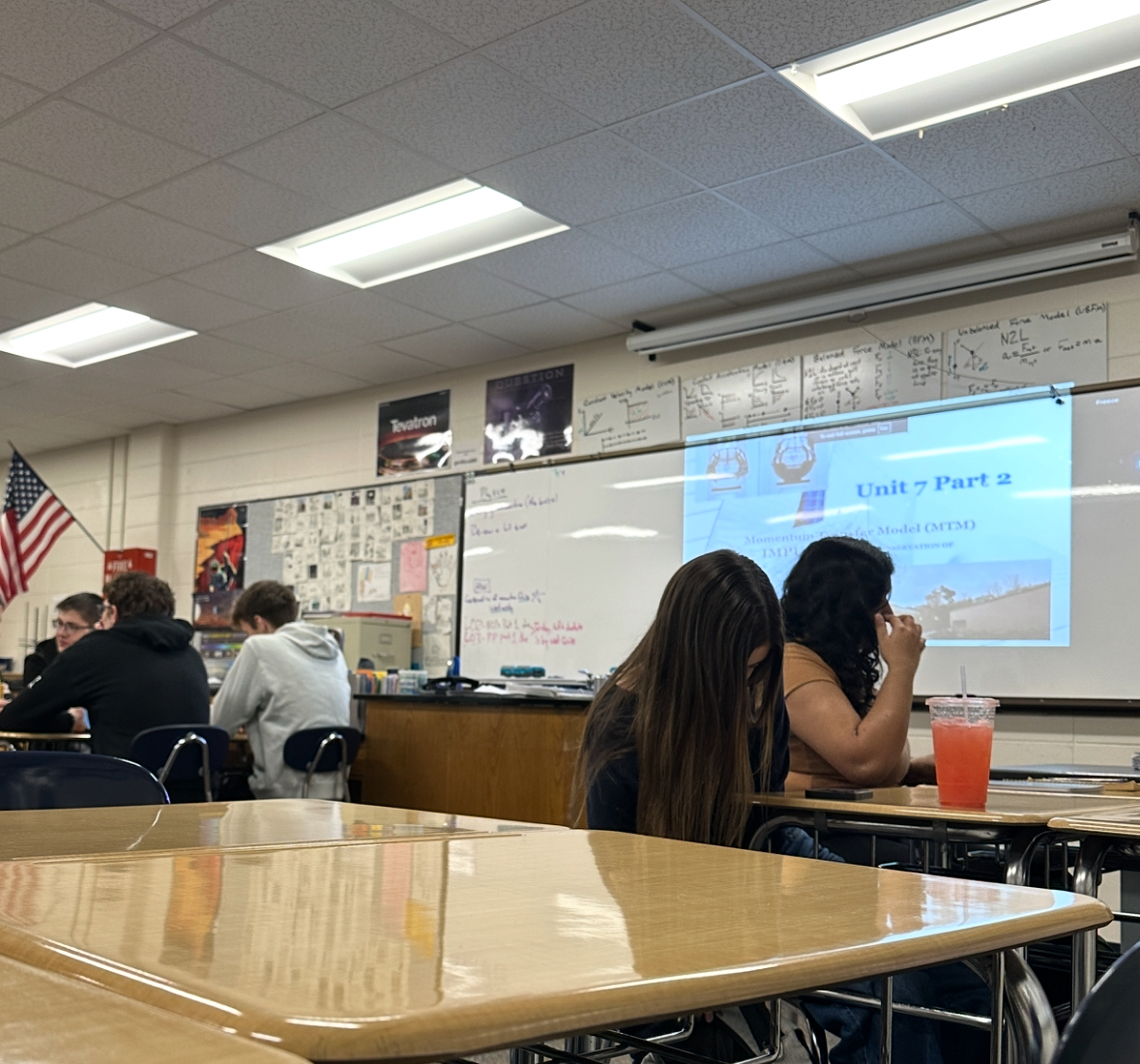A 620 meter rock hurled 1.1 million miles away past the Earth during the early morning hours of April 19. The asteroid, 2014 JO25, flew safely past Earth, but it was one of the closest in 400 years. With the use of radar, NASA was able to tell that it was going to miss the Earth well in advance.
NASA has a jet propulsion laboratory in Pasadena, California. This laboratory is in charge of NASA’s Deep Space Network, which mainly deals with the Center of Near-Earth Object Observations Program. Dr. Amy Mainzer, an astronomer at the Jet Propulsion Laboratory, said, “The odds of an impact for asteroids are very low on ‘human timescales’ (a hundred years or so).”
This is how researchers could determine the size and general trajectory of the rock. NASA focuses on studying asteroids because it gives information about the development of the sun and other solar systems. One big mission to study these up close was the Dawn Mission. This mission came about to study Vesta and Ceres, two asteroids in the asteroid belt.
Mainzer also said, “Scientists had found more than 95 percent of asteroids big enough to affect the Earth on a global scale if they were to strike our planet.” NASA reported, “The risks of a large asteroid like 2014 JO25 or Bennu impacting Earth are exceedingly rare.”
Another asteroid won’t come near Earth like this again for about 500 years. Even with an asteroid coming straight for Earth, NASA says they will be well warned of its arrival. They might be able to, as NASA said, “blast it with a ‘kinetic impactor’ or position a large mass nearby to serve as a ‘gravity tractor.’”














